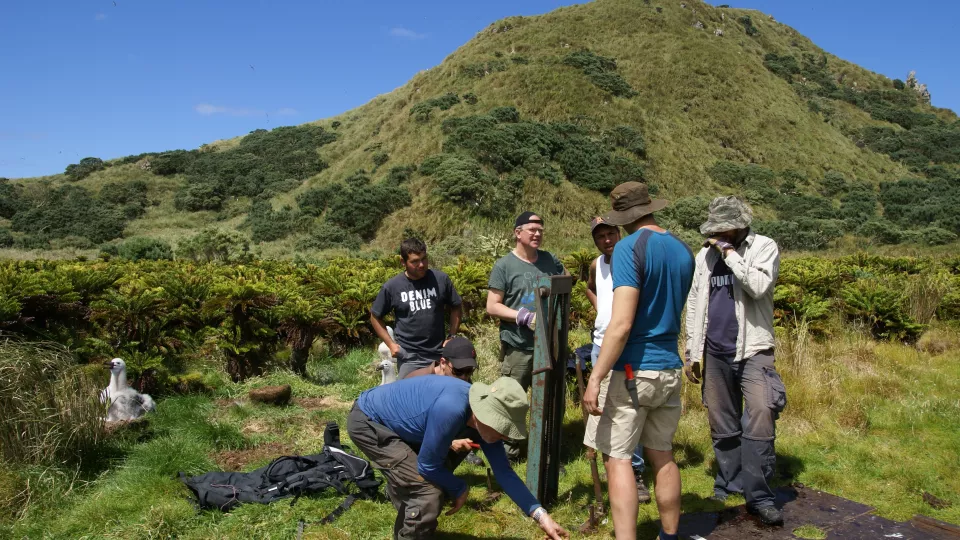Research has shed new light on the impact of humans on Earth’s biodiversity. The findings suggest that the rate of change in an ecosystem’s plant-life increases significantly during the years following human settlement, with the most dramatic changes occurring in locations colonized in the last 1500 years.
An international research team, including Karl Ljung and Svante Björck, studied fossilised pollen dating back 5000 years, extracted from sediments on 27 islands. By analysing the fossils they were able to build up an understanding of the composition of each island’s vegetation and how it changed from the oldest to the most recent pollen samples.
The results, published in Science, showed a consistent pattern on 24 of the islands where human arrival accelerated the turnover of vegetation by, on average, a factor of eleven. The most rapid changes occurred in islands that were settled more recently - such as the Tristan da Cunha and Galápagos, first inhabited in the 16th Century and the Poor Knights archipelago in New Zealand, first populated in the 13th century. Islands where humans arrived more than 1500 years ago, such as Fiji and New Caledonia, saw a slower rate of change.
Link to the article.


